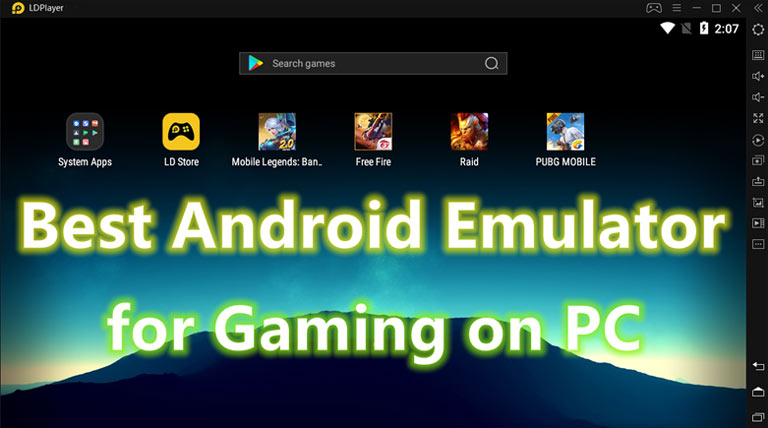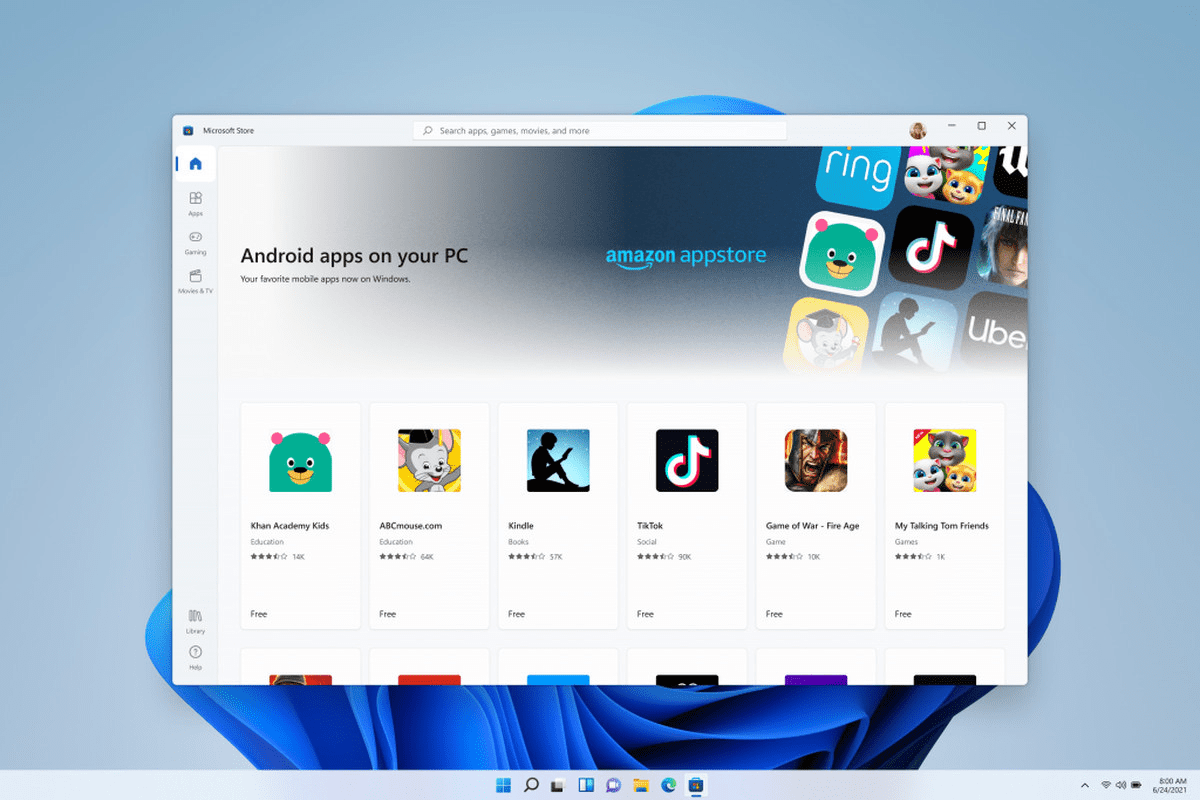
What Is An Emulator Verification What Is
More often than not, emulators carry additional features that surpass the limitations of the original hardware, such as broader controller compatibility, timescale control, greater performance, clearer quality, easier. An emulator essentially.A video game console emulator is a type of emulator that allows a computing device to emulate a video game console's hardware and play its games on the emulating platform. A device emulator is a program or device that enables a computer system to behave like another device. This re-implementation of the mobile software is typically written in a machine-level assembly language, an example is the Android (SDK) emulator.Sphere: Techniques | Tags: emulation, functional verification, hardware-software coverification, simulation, software debugging, verification What is emulation?What is an emulated device. It recreates the device (hardware and software) on a host machine. An emulator, as the term suggests, emulates the device software and hardware on a desktop PC, or as part of a cloud testing platform.

Analyst Gary Smith has been quoted as saying it will rise in value from $118M in 2008 to $211M in 2012. Emulators try to translate or interpret the original program code of the.The emulation market is currently undergoing major growth. An emulator is a program which mimics other systems, such as game consoles.
Emulators offer shorter compile times as well as far greater debug and waveform visibility than FPGA prototyping. Today’s emulators are architected both for use in the cloud (they can thus be shared by geographically spread design teams) and scalability (several can be connected for use on the same project to further reduce run-times). Emulation offers this despite a comparatively high upfront cost. Time-to-market pressures mean that strategies that enable more efficient hardware/software co-verification are becoming increasingly attractive. The increasing gate count, even for today’s medium-sized system-on-chip designs, is leading to what many project managers consider unacceptably long RTL simulation software runtimes.
While RTL simulation offers more granularity, emulators include features that can guide the design team to those waveforms that are likely to be more sensitive.By comparison with FPGA prototyping, emulators provide far greater debug visibility and can be stopped and restarted from the point where a bug or waveform of interest is encountered. What takes days in simulation, can take only hours in emulation.At the same time, emulators can provide waveform outputs for debug. This implies that you need 10,000 simulators to run a verification project at the same speed as one emulator – in reality, most simulators will run across many CPUs in a compute farm, but the runtime differences are marked. Emulators would cost upwards of $1M, and RTL simulation in software could deliver similar results and debug visibility at lower cost within an acceptable time.Today, emulators typically run at 1MHz (though speeds of up to 5MHz are claimed) while simulators run at around 100Hz for large designs (100M+ gates). This also helps justify their cost.Emulation used to be a ‘rich man’s game’.
It allows essentially the same design files to be moved across interconnected simulation, emulation and prototyping (virtual and FPGA) platforms. One obvious limitation is that when features are added to a new generation, they often may not be portable across the legacy infrastructure.Another increasing area of activity and innovation regards the interplay with tools elsewhere in the design flow.In May 2012, Cadence announced a much closer integration of its PalladiumXP emulator with other parts of its verification offering within a new look System Development Suite. What other advantages does emulation offer?In addition to the speed, abstraction, software verification and visibility benefits, emulators are now being sold as ‘green’ devices.As well as being quicker than compute farm-based simulators, it can be argued that using an emulator consumes far less energy than a software simulation approach, – on the order of 2,000 times less, according to one vendor’s analysis.Scalability means that while emulators continue to represent a high initial investment, they can be maintained and operated for much longer than the original standalone boxes. This can be a major advantage in terms of time-to-market.As a result, emulators and emulation farms are becoming common in design companies of all sizes. C, C++, transaction-level models) and RTL designs.This enables software to be ported to the emulator early in the verification process, and to run relatively quickly, so that code can be written and debugged well ahead of its final analysis on an FPGA prototype.
What are the limitations of emulation?RTL simulation continues to be the preferred environment for low-power analysis, one of the dominant metrics for many of today’s most complex SoCs. This guide will add further details on how that integration is executed in due course. It will now integrate these products with its existing prototyping and verification products. This approach also looks toward multi-stage verification and prototyping strategies but rather identifies the emulator as a “hub” for the various activities.In October 2012, Synopsys announced that it was directly entering the emulation market with the acquisition of EVE, which developed the ZeBu suite of emulators. One key feature is closer integration with test and simulator program creation.
Innovation in emulationIn-circuit emulation (ICE) has been an important growth area for the technique. As such, the FPGA may be needed for those designs where there is a need to simulate end-use in portable devices or those likely to encounter harsh conditions.Emulation does still require a larger initial investment than an FPGA prototyping board, although its proponents say this can be offset by use across multiple projects and also because compilation carries less risk than trying to take mature RTL and port it to a ‘standard’ array. Nor, for many typical designs, will an FPGA prototype, but it will get a lot closer. However, some projects use a combination of emulation and simulation as a design matures, to balance views into the code against acceleration options (see below).An emulator will not run at real-world speed. Indeed, simulators continue to offer the greater granularity of view for debug generally.



 0 kommentar(er)
0 kommentar(er)
